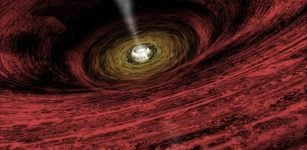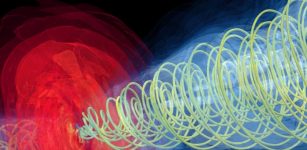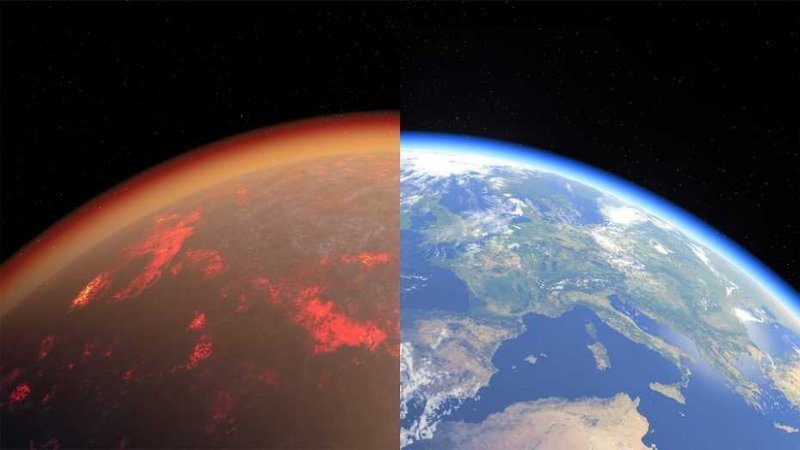Tycho Supernova: Death Of A Star – Tycho’s New Star Was Not New At All
Eddie Gonzales Jr. – MessageToEagle.com – In 1572, Danish astronomer Tycho Brahe was among those who noticed a new bright object in the constellation Cassiopeia.
Astronomers now know that Tycho’s new star was not new at all.
 A new image of the Tycho supernova remnant from Chandra shows a pattern of bright clumps and fainter holes in the X-ray data. Image credit: X-ray: NASA/CXC/RIKEN & GSFC/T. Sato et al; Optical: DSS
A new image of the Tycho supernova remnant from Chandra shows a pattern of bright clumps and fainter holes in the X-ray data. Image credit: X-ray: NASA/CXC/RIKEN & GSFC/T. Sato et al; Optical: DSS
Rather it signaled the death of a star in a supernova, an explosion so bright that it can outshine the light from an entire galaxy. This particular supernova was a Type Ia, which occurs when a white dwarf star pulls material from, or merges with, a nearby companion star until a violent explosion is triggered.
The white dwarf star is obliterated, sending its debris hurtling into space.
As with many supernova remnants, the Tycho supernova remnant, as it’s known today (or “Tycho,” for short), glows brightly in X-ray light because shock waves – similar to sonic booms from supersonic aircraft – generated by the stellar explosion heat the stellar debris up to millions of degrees. In its two decades of operation, NASA’s Chandra X-ray Observatory has captured unparalleled X-ray images of many supernova remnants.
Chandra reveals an intriguing pattern of bright clumps and fainter areas in Tycho. What caused this thicket of knots in the aftermath of this explosion? Did the explosion itself cause this clumpiness, or was it something that happened afterward?
This latest image of Tycho from Chandra is providing clues. To emphasize the clumps in the image and the three-dimensional nature of Tycho, scientists selected two narrow ranges of X-ray energies to isolate material (silicon, colored red) moving away from Earth, and moving towards us (also silicon, colored blue). The other colors in the image (yellow, green, blue-green, orange and purple) show a broad range of different energies and elements and a mixture of directions of motion. In this new composite image, Chandra’s X-ray data have been combined with an optical image of the stars in the same field of view from the Digitized Sky Survey.
Researchers compared two different computer simulations and found that the Tycho supernova remnant strongly resembles a scenario in which the clumps came from the explosion itself.
Understanding the details of how these stars explode is important because it may improve the reliability of the use of Type Ia supernovae as “standard candles” — that is, objects with known inherent brightness, which scientists can use to determine their distance.
Original story – here
Written by Eddie Gonzales Jr. – MessageToEagle.com Staff










